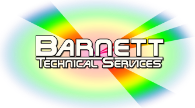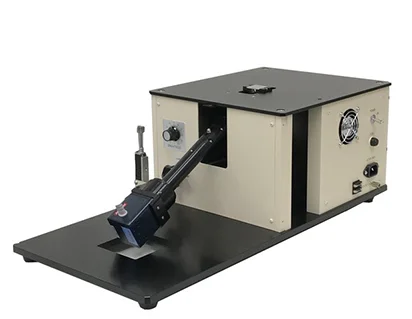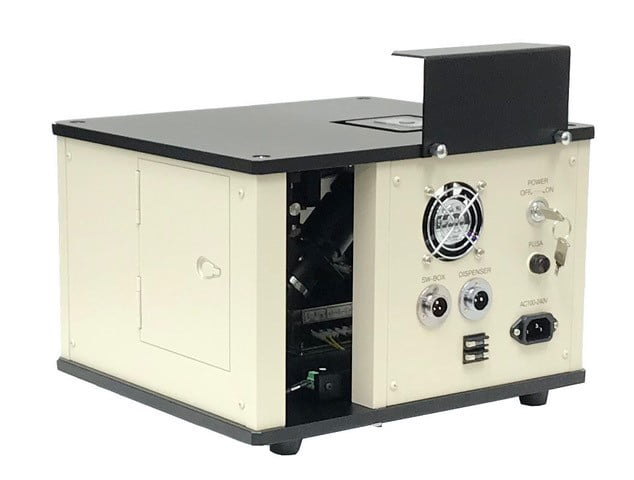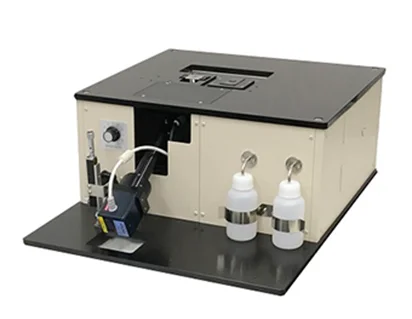A surface stress meter measures the internal stress value of a transparent object such as glass and other similar crystals by measuring the optical path difference between two polarized paths of light. This instrument finds huge application in stress level measurement of optical glass products, material science, crystal analysis, and more. Barnett Technical Services offers advanced solutions for accurate and dependable internal stress measurement and analysis. We take pride in being an authorized distributor of Orihara surface stress meters. Orihara is a renowned manufacturer of optical measuring instruments and offer a range of surface stress meter models tailored to suit specific application requirements. These meters enable non-destructive testing (NDT) of transparent and crystalline objects.
Surface Stress Meters
Products
Surface stress meter on tempered glass using the optical waveguide effect...
Read More..Handheld version of the FSM-6000X for measurements on larger glass panels...
Read More..Stress distribution in glass through scattered light photoelasticity...
Read More..Combination of FSM-6000X and SPL-2000 in one instrument...
Read More..About Surface Stress Meters
Residual stress level measurement offers an estimate about how much load and stress an optical component can withstand in consumer products, avionics, optical imaging, remote sensing, and many other fields. Orihara’s surface stress meters offer non-destructive, computer-aided analysis with a high level of accuracy. These meters measure the Depth of Layer (DOL) and Compressive Stress (CS) of optical components.Surface Stress Meter Offerings
Glass Surface Stress Meter Model FSM-6000X : The FSM-6000 X series is specifically designed for surface stress measurement of glass. It enables non-destructive optical measurement of stress and depth levels of glass objects such as chemically tempered glass and physically tempered glass. This system can be configured with illumination wavelengths at 365, 596, or 790 nm; and is available in models that include all three of these wavelengths in a single system. Typical values that may be read include:- DOL: 5-200 µm (depending on illumination wavelength)
- CS: 0-1000 MPa
- DOL: 10-100 µm
- CS: 0-1000 MPa
- DOL: 10-400 µm
- CS: 0-2000 MPa
Advantages of Using Surface Stress Meters
Here are some benefits of using surface stress meters for your glass samples- Accuracy of stress levels: Measurements are typically active to within 5%.
- Non-destructive: Their non-destructive method helps in preserving the samples for further analysis and inspection without damaging their properties and structure.
- Visualization and analysis: Stress meters facilitate easy visualization for engineers to actually see and understand how stress is dispersed throughout the material. This helps understand the weak areas, defects, and stress points before use which would otherwise lead to failures. You can also understand the magnitude of stress. This also enables a comprehensive quantitative and qualitative analysis.
- Cost effectiveness: Stress meters add to the cost-effectiveness of the object by identifying possible defects and failure probabilities beforehand.
- Education: They are useful in the education sector for demonstrating stress levels in objects to students.
- New discoveries and research: They help determine the reaction of various transparent objects with fluids, metals, and chemicals that come in contact with them. This can help devise new formulations, materials, and more.
- Prevents deformation of objects: Accurate residual stress level measurements are crucial to prevent premature deformation of glass or plastic objects or cracking.
Applications of Polarized Stress Meters
The diverse applications of surface stress meters highlight their versatility and importance in scientific, industrial, and educational settings. They significantly contribute to advancements in the analysis and ensuring the reliability of diverse materials and structures.- Material Science: These meters are employed across industries for material testing to ensure quality, purity, and structural integrity.
- Avionics: Stress meters are used in avionics to assess the stress distribution within various glass components of aircraft where surface hardening is critical to their stability.
- Automotive: Surface stress meters are used for analyzing stress patterns in glass products such as windshields.




